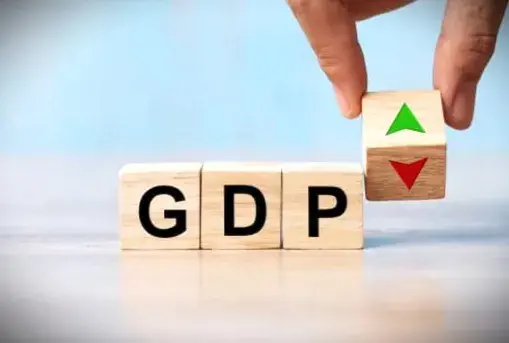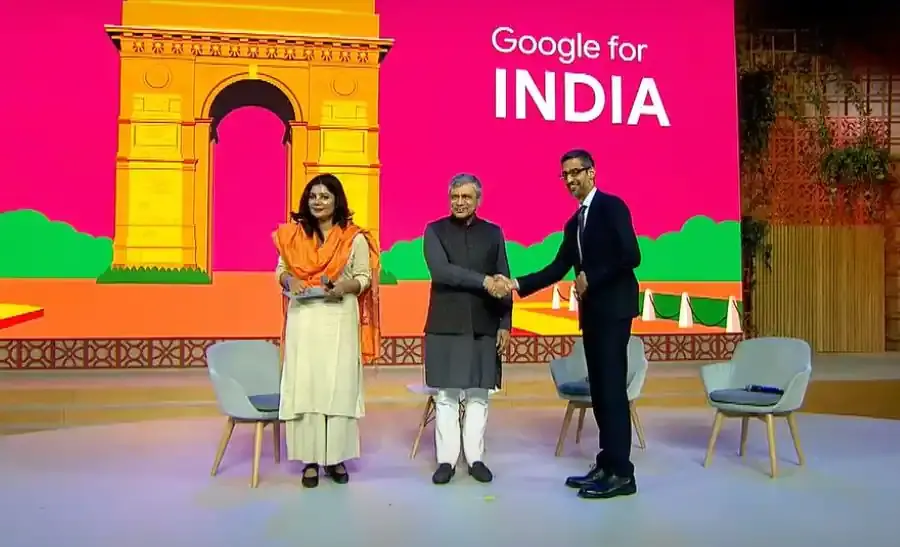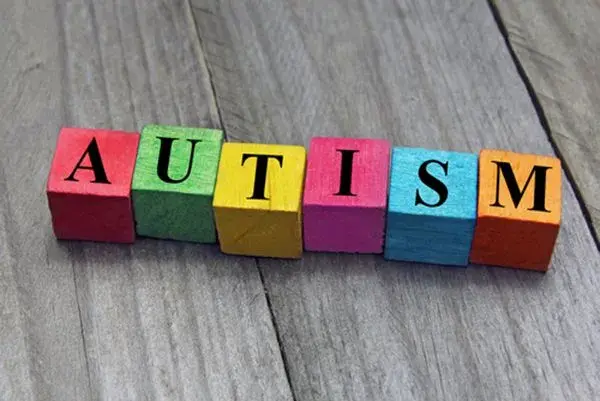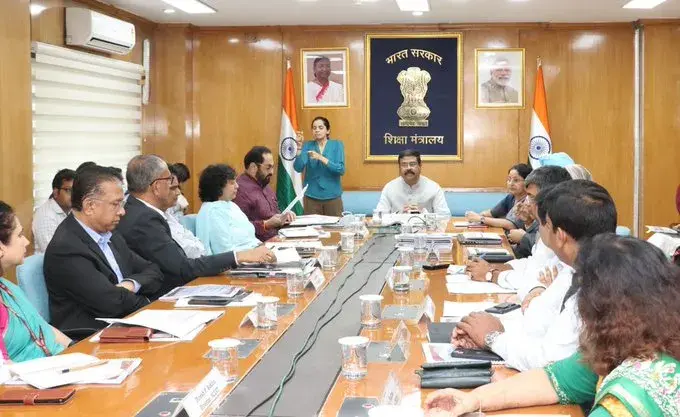How AI is Making Education More Personalized and Accessible
Artificial Intelligence (AI) is transforming the way we learn and teach. It is playing a significant role in enhancing the quality of education and making it more accessible to people. The application of AI tools in education is opening up new horizons of learning, personalization, and accessibility. AI-powered tools are revolutionizing education by providing a personalized and accessible learning experience. In the past, education was often a one-size-fits-all approach, with students expected to learn at the same pace and in the same way. However, with the integration of AI, education is becoming more personalized, adapting to individual learning styles and abilities. This has resulted in improved learning outcomes and greater student engagement. AI-powered platforms can analyse a student’s learning style and create a customized learning path accordingly. The system can analyse a student’s performance, their strengths and weaknesses, and provide feedback that helps them improve. This personalized approach can help students learn at their own pace and fill any gaps in their knowledge. In this article, we will discuss how AI tools can help in enhancing education. Personalized Learning: One of the significant benefits of AI in education is that it enables personalized learning. AI-powered platforms can analyse a student’s learning style and create a customized learning path accordingly. The system can analyse student’s performance, their strengths and weaknesses, and provide feedback that helps them improve. This personalized approach can help students learn at their own pace and fill any gaps in their knowledge. Enhanced Learning Experience: AI tools can create an immersive learning experience by providing interactive content, simulations, and virtual reality. These tools can help students visualize complex concepts and engage in active learning. It also enables them to learn from real-world scenarios, which can be more engaging and memorable than traditional teaching methods. Intelligent Tutoring Systems: AI-powered intelligent tutoring systems can provide students with one-on-one guidance and support. These systems can identify areas where a student is struggling and provide targeted feedback and assistance. This approach can help students overcome their learning challenges and stay motivated. Automated Grading: Grading can be time-consuming for teachers, especially for assignments that require subjective judgment. AI-powered grading tools can automate the process and provide fast and accurate grading. It can also analyse patterns in student’s responses and provide feedback that can help students improve. Adaptive Testing: AI-powered adaptive testing can help teachers assess a student’s knowledge and skills more accurately. These tests can adjust to the student’s level of knowledge and provide questions that match their skill level. This approach can help teachers identify a student’s strengths and weaknesses more accurately and provide targeted feedback. Intelligent Content Creation: AI tools can help teachers create high-quality educational content faster and more efficiently. These tools can analyse existing content, identify knowledge gaps, and create content to fill those gaps. It can also help teachers create content that matches a student’s learning style, making it more engaging and effective. Accessibility: AI-powered tools can make education more accessible to people with disabilities. For example, text-to-speech software can help visually impaired students access written content, and voice recognition software can help students with mobility issues interact with digital platforms. Conclusion: AI-powered tools are transforming education by providing personalized learning, enhancing the learning experience, and making it more accessible. These tools can also help teachers provide targeted feedback, automate grading, and create high-quality content. The integration of AI in education is creating new opportunities for students, teachers, and educational institutions. It is time to embrace these tools and unlock the full potential of education. The author, Pratik Ghosh is associated with ArdorComm Media
How AI is Making Education More Personalized and Accessible Read More »










